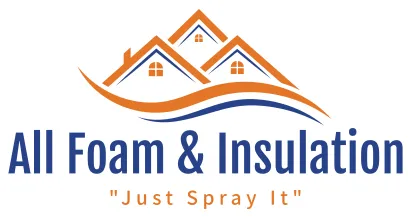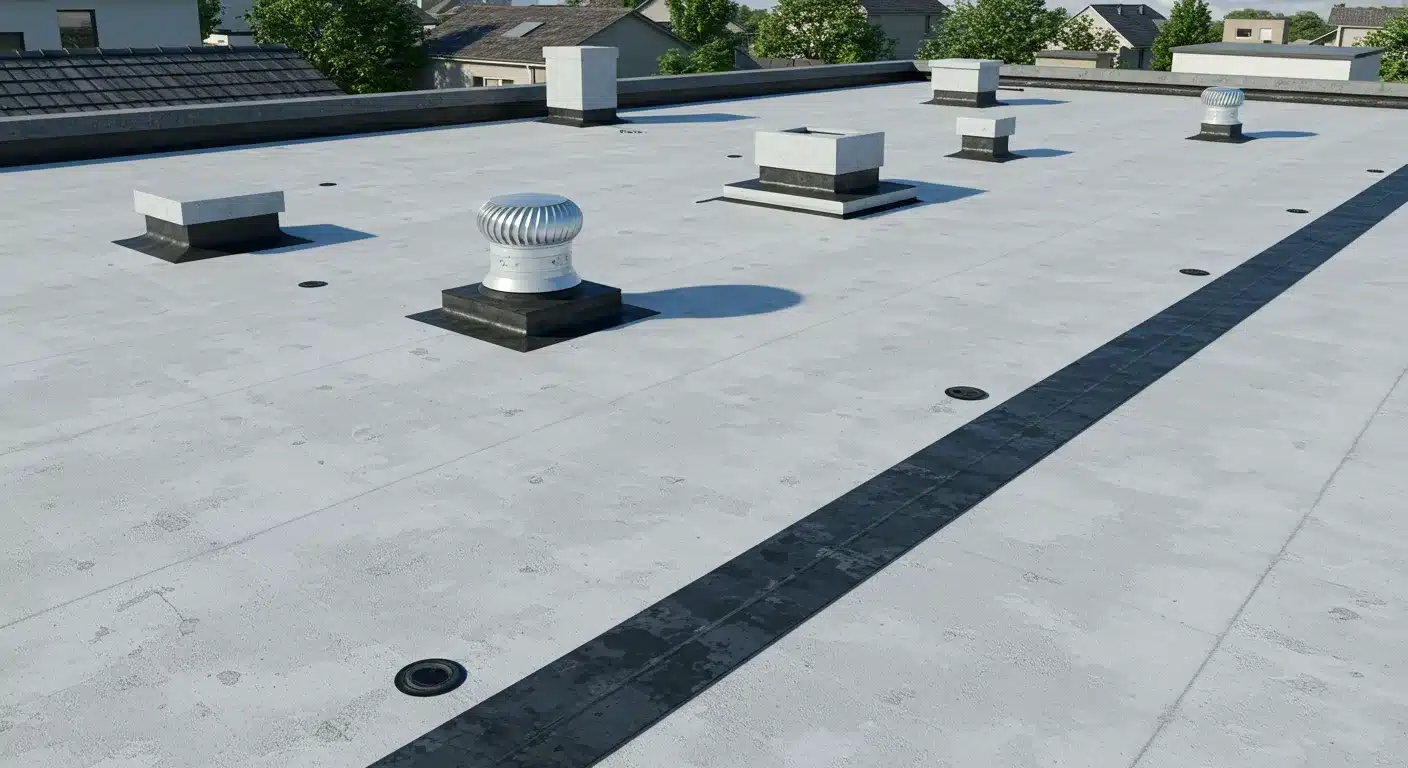If you own a home or business in Shady Cove, you already know how unpredictable the weather can be. One day it’s pouring rain, the next it’s dry and sunny. Over time, this kind of climate can take a toll on your roof—especially if it wasn’t built to handle the elements.
That’s where membrane roofing comes in. It’s one of the most durable options for flat and low-slope roofs, and it’s built to stand up to Oregon’s changing seasons. But not all membrane systems are the same, and understanding how they hold up over time is key to making the right choice for your property.
What Is Membrane Roofing?
Membrane roofing is a type of waterproof roofing system made for flat or nearly flat roofs. It’s made up of a single layer of material that seals out moisture. The most common types are:
- TPO (Thermoplastic Polyolefin): This is a popular choice because it reflects sunlight and helps reduce cooling costs. It’s also known for being tough against UV rays and heat.
- EPDM (Ethylene Propylene Diene Monomer): Often called “rubber roofing,” EPDM is flexible, especially in colder weather. It’s been around for decades and is a reliable choice for colder climates.
- PVC (Polyvinyl Chloride): PVC is a durable material often used in commercial settings. It holds up well against chemicals, heavy foot traffic, and high winds.
Each of these systems has its own strengths. What’s right for you depends on your building, the weather in your area, and how much use your roof gets.
How Long Do These Roofs Last?
With good care, membrane roofs can last decades. Here’s a general look at what to expect:
| Membrane Type | Average Lifespan | Best For | Durability Rating |
| TPO | 20–30 years | UV exposure, energy efficiency | High |
| EPDM | 15–25 years | Cold climates, flexibility | Moderate |
| PVC | 20–30 years | Foot traffic, chemical resistance | Very High |
Many people are surprised to hear that membrane roofs, when properly maintained, can outlast traditional asphalt shingles. One study showed that well-maintained TPO roofs can easily hit the 30-year mark, while neglected systems are more likely to leak within the first 10 years.
What Affects Durability?
No roofing system is bulletproof, but membrane roofing holds up remarkably well—especially when you keep these key factors in mind:
1. Weather Exposure
Here in Shady Cove, your roof needs to handle rain, wind, sun, and the occasional snowstorm. TPO and PVC are known for their UV resistance, while EPDM holds up well through freeze-thaw cycles.
2. Foot Traffic
If you or your contractors walk on the roof regularly—for HVAC maintenance or solar panels—it’s smart to pick a membrane with extra puncture resistance. PVC is typically the best in this category.
3. Maintenance Habits
Little things can make a big difference. Regular inspections, removing debris, and checking for pooling water can prevent minor issues from becoming major repairs.
4. Installation Quality
Even the best roofing material can fail if it’s installed poorly. Seams that aren’t sealed right or flashing that isn’t done correctly will shorten the roof’s lifespan.
Keeping Your Membrane Roof in Good Shape
Membrane roofing doesn’t need much day-to-day care, but a few simple habits can extend its life by years.
- Inspect your roof at least twice a year, especially after harsh weather. Look for tears, bubbles, or areas where the membrane is lifting.
- Clear off debris and leaves that can trap moisture or block drains.
- Address small problems right away—a minor puncture can become a major leak if it’s ignored.
It’s also smart to have a professional look at things over every few years. Even if you don’t see any issues, they might spot early signs of wear you’d miss.
Which Membrane Roof Works Best in Shady Cove?
Choosing the right system depends on what matters most to you:
- Want lower energy bills? Go with TPO—its reflective surface helps keep indoor temps down in summer.
- Need flexibility for cold winters? EPDM is less likely to crack or shrink.
- Have a building with lots of rooftop equipment or foot traffic? PVC is your best bet for durability and chemical resistance.
If you’re not sure which way to go, we as local membrane roofing contractor Can walk you through the options based on your building type and budget.
Is It Worth the Cost?
Membrane roofing may cost more upfront than shingles or torch-down systems, but it often pays off over time. Here’s why:
- It lasts longer with fewer repairs.
- It’s more energy efficient, especially TPO and PVC.
- It can boost your property value thanks to its clean look and long-term protection.
Many manufacturers offer warranties ranging from 15 to 30 years, and with proper maintenance, your roof could outlast the warranty.
Ready for a Roof That Lasts?
If your roof is showing its age or you’re building something new, membrane roofing is one of the smartest choices you can make. It’s strong, energy-efficient, and built to handle the ups and downs of Shady Cove’s climate.
All Foam & Insulation, LLC installs membrane roofing systems that are built to last—and we know what works best for our local weather.
📞 Call (541) 826-9600
📧 Email [email protected]
Let’s make sure your roof is ready for whatever the next season brings.
Frequently Asked Questions
What’s the most durable membrane roofing material?
PVC is generally the strongest, especially for commercial buildings or roofs that get walked on often.
How long does a membrane roof last?
TPO and PVC: 20–30 years. EPDM: 15–25 years, depending on climate and maintenance.
Can these roofs handle Shady Cove weather?
Absolutely. TPO and PVC resist UV and rain well. EPDM is great for colder months.
How do I take care of a membrane roof?
Keep it clean, schedule regular inspections, and fix small issues before they grow.
What causes these roofs to wear out?
Foot traffic, UV exposure, standing water, and poor installation are the usual suspects.
Can you repair a membrane roof?
Yes—small punctures or seam issues can usually be patched without replacing the whole roof.
Is membrane roofing good for homes and businesses?
Yes. It’s a reliable option for both, especially on flat or low-slope structures.ear-offs.



